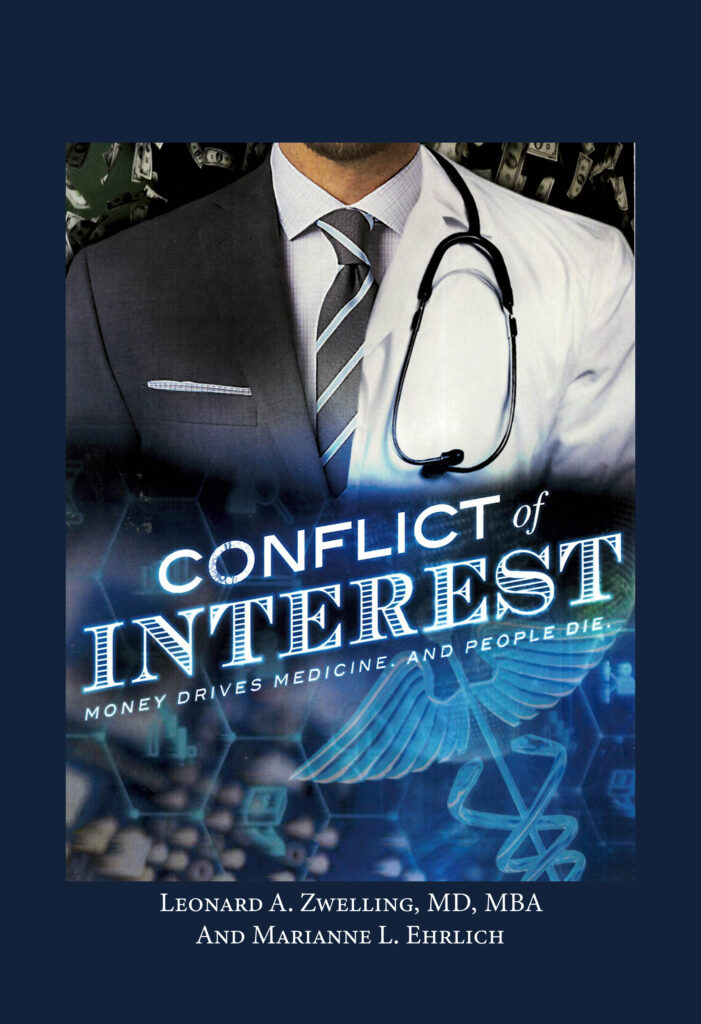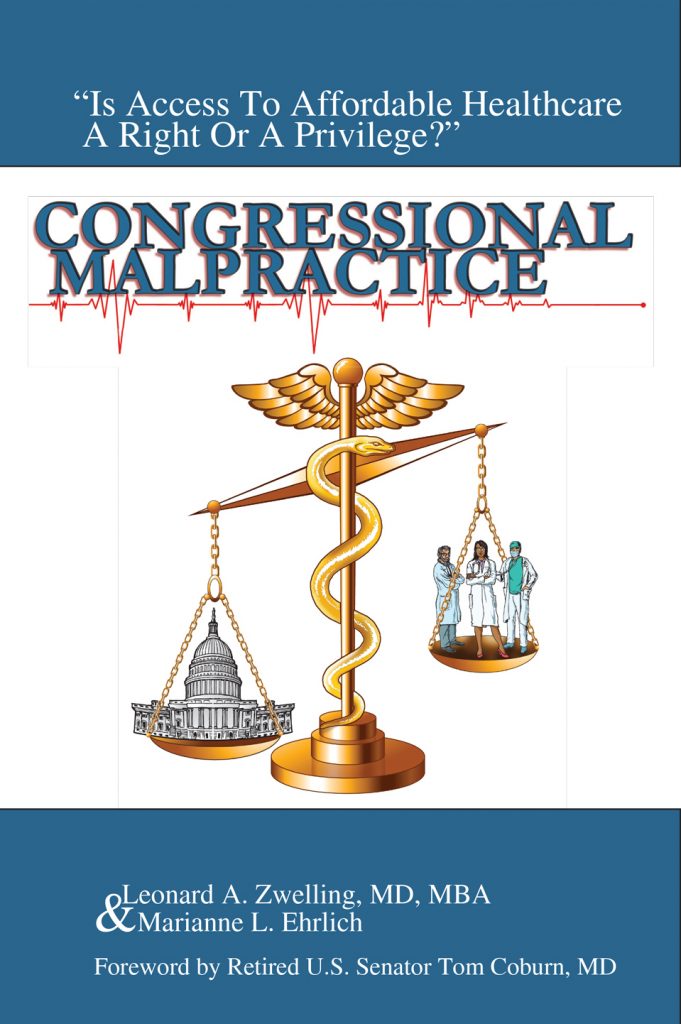Five Years, But Who’s
Counting?
By
Leonard Zwelling
We are within the final quarter of the first five years of
the DePinho presidency. This seems to be as good a time as any to assess the
good and ill of the current president’s tenure.
Let’s start with the good.
It appears that he has hired a bunch of world-class basic
scientists, all of whom have probably done their best work long before arriving
in Houston.
I suspect that IACS has grown exponentially, but, of course,
no one really knows as no one has seen a public airing of the P and L sheet of
this endeavor. In such an enterprise, if I understand its purpose, the only
true accomplishment is a new treatment. Has there been one? Obviously the
previous DePinho endeavors in drug development have not worked out all that
well.
We know the furniture and accouterment bill was a doozy with
red couches and DIRTT, but whether any new drugs have been synthesized or
tested remains a bit of a mystery. My cursory review of the slides presented to
the Faculty Senate led me to believe that there was less there than meets the
eye. Of course, my eye is a loser’s eye as Dr. Draetta has made widely known,
so I could be very wrong.
On the clinical side, the divisional leadership of Cancer
Medicine, Radiotherapy, Surgery, Radiology, Pediatrics, Internal Medicine, and
Anesthesia have all turned over with only Radiotherapy attracting an external
candidate really—maybe you can count Internal Medicine, I guess. We have new
department chairs reporting to their spouses. Hmmm….that usually works out
badly.
Prevention
has sort of half migrated, but still is making few inroads into preventing
cancer in Houston. Why not offer colonoscopies to all?
On the negative side there is the poisonous atmosphere that
pervades MD Anderson. The subterfuge and mistrust abounds. The silly
commercials go on with grimacing, somber, and shaking heads all with no
identities, but the number of people working at Anderson has grown as surely as
the number of people Dan Fontaine has displaced and taken their jobs has
expanded. He has his own program of holding the job count down. He fires people
and then assumes their duties himself leading marketing, finance, business
affairs, Christmas cards, and legal. I believe he qualifies in the last realm only.
So if the Chancellor makes an honest assessment of the
DePinho years, he will find them wanting. In short, Ron has been a disaster
from which MD Anderson may never recover. I saw this happen in Bethesda at the
NCI when the powers cleaned house there in the Clinical Center. When is the
last time a significant piece of research has emerged from Building 10 in the
past thirty years? It hasn’t. The Medicine Branch is a shadow of its former
DeVita-Young self.
Now
I happen to believe the downturn at Anderson was set into motion long before
Ron was a twinkle in Ken Shine’s eye by John Mendelsohn when he began selling
pieces of Anderson to the highest bidders like the Sheikhs of Genomics. He also
made it fashionable for academics to delve into business regardless of whether
or not they knew what they were doing (see Enron and ImClone).
Cancer research has progressed mightily in the past five
years, but the impact on actual patients of these discoveries may well be years
in the future. That’s the proper posture to assume. It takes years for this
stuff to come to fruition. After all, much of the immunology that is the basis
of the current spate of novel therapies was discovered 30 years ago. And the
heterogeneity of cancer that makes doing clinical trials with N’s equal to 1
logical, ethical, and mandatory was discovered in the late 1970’s by Fidler and
Kripke.
So get over yourselves. It is not the science that ought to
be the metric of the first five years of DePinho, or even the number of drugs,
although his minions will claim that it is. It is the atmosphere in which the
science is being done. And, that can only be described as toxic. Saddam Hussein
could have done no worse.





4 thoughts on “Five Years, But Who’s Counting?”
But what about the bottom line? Is there more clinical, research and philanthropic money coming in?
Not the only bottom line, but a key one. Just show me the institution-wide Profit and Loss numbers. It's simple. What's coming in? What's being spent? By whom?
Aha! So that is what P and L means.
Yes. Formally, in a financial report, there are three parts: Balance Sheet, Income Statement and Statement of Cash Flows and they interact in a very particular way. A P and L statement is a poor man's Income Statement, but I would take it for IACS.